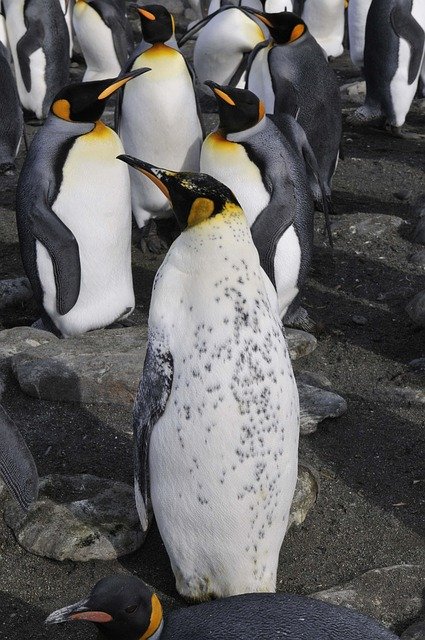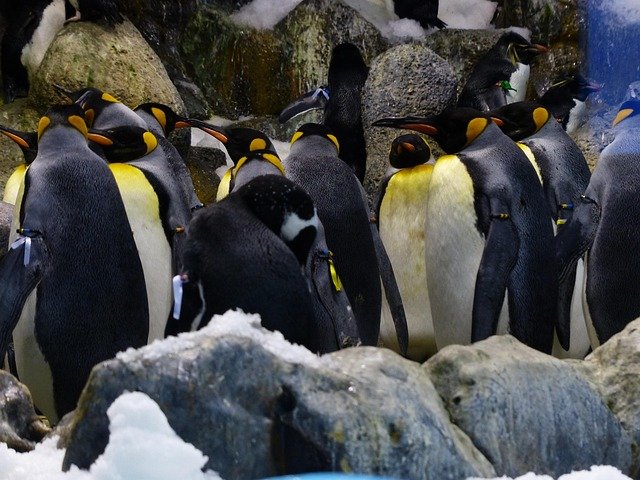**Topic: "The Social Structures of Penguin Colonies: Cooperation and Communication in Extreme Environments"

The Social Structures of Penguin Colonies: Cooperation and Communication in Extreme Environments
Penguins are fascinating birds known for their unique adaptations to some of the harshest climates on Earth. While their physical characteristics, such as their distinctive tuxedo-like feathers and streamlined bodies, are often celebrated, it is their complex social structures that truly set them apart. In this post, we will explore how penguin colonies operate, the importance of cooperation, and their methods of communication in extreme environments.
The Importance of Social Structures
Penguins are highly social animals that thrive in colonies, sometimes numbering in the thousands. These colonies provide several advantages:
- Protection from Predators: By living in large groups, penguins can better defend against predators, such as seals and birds of prey.
- Thermal Regulation: In frigid temperatures, penguins huddle together to conserve warmth. This behavior, known as "huddling," allows them to survive the harsh winds and freezing conditions of their habitats.
- Resource Sharing: Within colonies, penguins often share resources, such as food and nesting sites, which enhances their chances of survival.
Cooperation in Breeding and Raising Young
One of the most remarkable aspects of penguin social structures is their cooperative breeding behavior. Many species, such as the Emperor Penguin, exhibit a high degree of parental investment.
- Shared Responsibilities: In Emperor Penguin colonies, males and females take turns incubating their eggs. While one parent incubates the egg, the other forages for food. This division of labor ensures that both parents can contribute to the survival of their offspring.
- Chick Rearing: After hatching, chicks are often cared for communally. Adult penguins recognize their own chicks through vocalizations, allowing them to feed and protect their young while still participating in the larger social structure.
Communication: The Key to Social Cohesion
Effective communication is vital for the survival of penguin colonies. Penguins use a variety of vocalizations and body language to convey messages:
- Vocal Calls: Each species of penguin has a unique set of calls that they use to communicate with one another. These calls help individuals locate their mates and chicks amidst the noisy backdrop of the colony.
- Body Language: Penguins also use physical gestures, such as bowing and flapping their wings, to express dominance, submission, or courtship. These non-verbal cues are essential in maintaining social hierarchies and fostering relationships within the colony.
Adapting to Extreme Environments
The extreme conditions of their habitats have shaped the social behaviors of penguins. Their social structures are not just a result of evolutionary pressures but also a testament to their adaptability:
- Seasonal Changes: As seasons change, so do the dynamics within penguin colonies. During breeding season, social interactions become more intense as individuals compete for mates and nesting sites.
- Resource Scarcity: In times of food scarcity, penguins may alter their social behaviors, forming smaller sub-groups to forage more effectively or sharing information about food sources.
Conclusion
The social structures of penguin colonies highlight the remarkable adaptability and cooperation of these incredible birds. By working together and communicating effectively, penguins not only survive but thrive in some of the most extreme environments on the planet. As we continue to study these fascinating creatures, we gain valuable insights into the complexities of social behavior and the importance of community in the animal kingdom.
References
